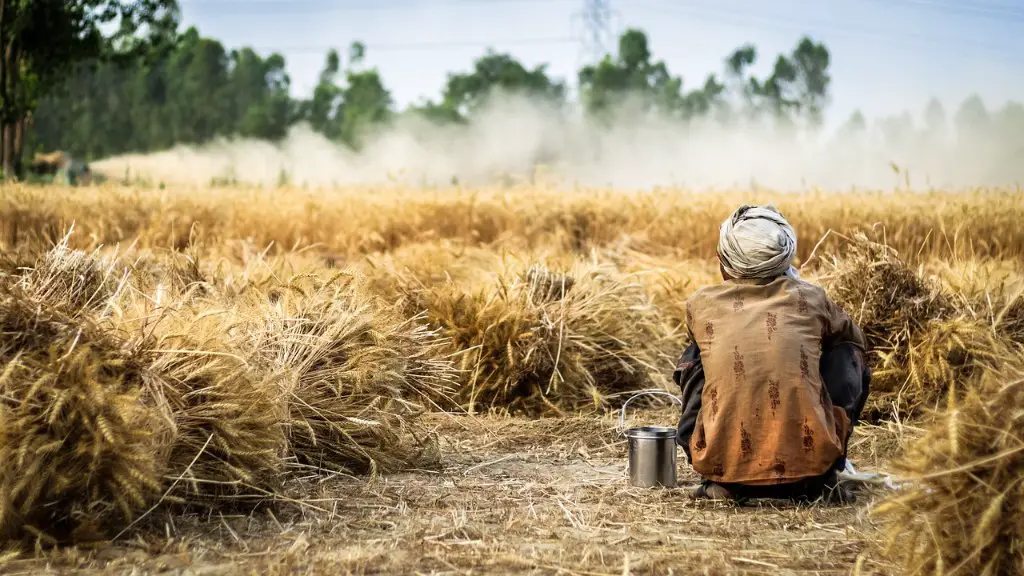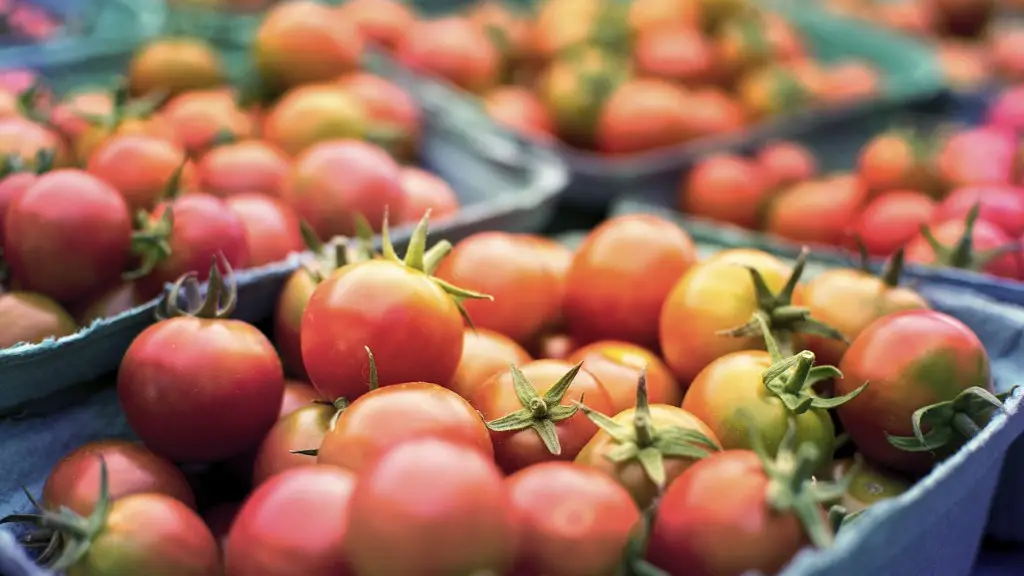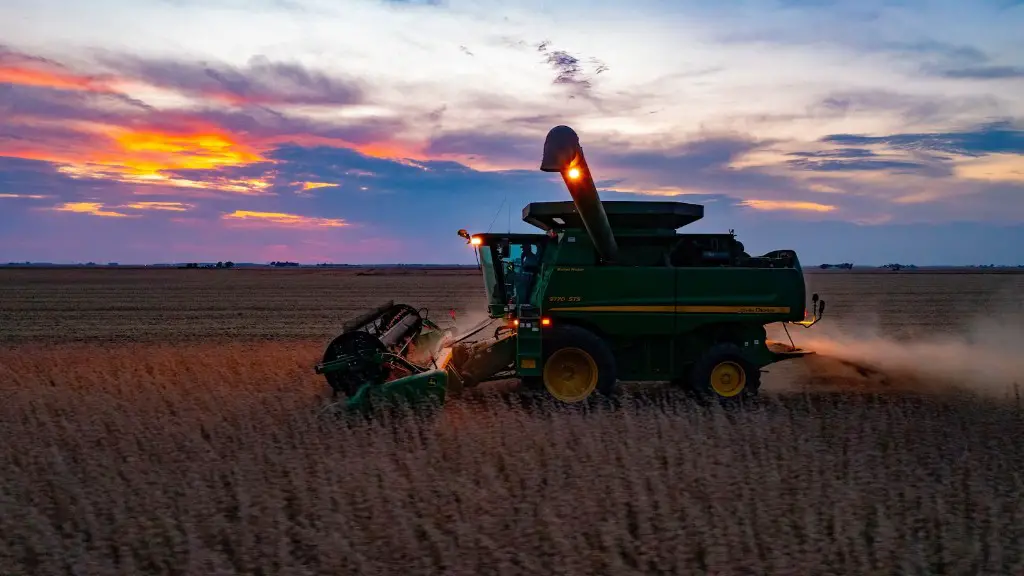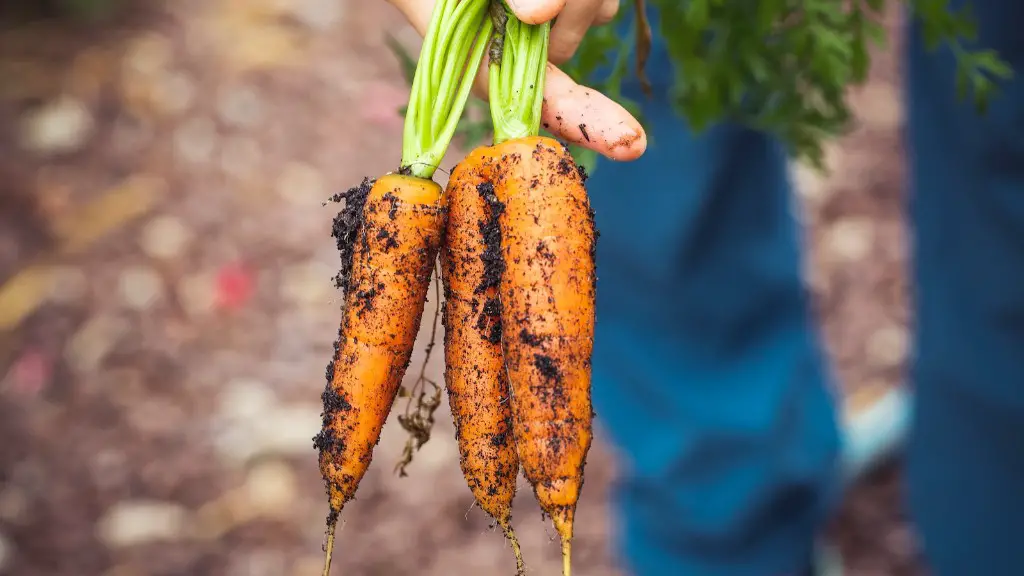1. Agriculture has a significant role in supporting communities to reduce poverty.It helps people to adopt livelihood strategies,such as diversifying into crops and livestock,that allow them to better manage below poverty levels and make their diets nutritious.Agriculture also enhances economic growth,creates opportunities for employment and boosts incomes.
2. Agro-based development plays a unique role in poverty reduction by improving incomes and employability among rural people.This can be done by offering job opportunities,encouraging investment in high-value agricultural sectors and developing agricultural value chains that can provide rural households with more sustainable sources of income.
3. Investment in agriculture and rural development can be used to lift people out of poverty by creating income generating activities,which allow communities to become self-sufficient and increase their economic opportunities.Getting people to work in the agricultural sector can help to improve the rural economy.
4. Agricultural technology can help transform small-scale farming into a more profitable and efficient system. This technology can help farmers increase yields,reduce costs and access new markets,all of which can lead to higher incomes and lower poverty levels.
5. Supporting smallholder farmers by providing them with access to finance and agricultural inputs can strengthen their capacity to produce and market their crops,which can lead to higher incomes and improved livelihoods.Creating opportunities for smallholder farmers to produce sustainably and access markets can help reduce poverty.
6. Increased investment in agricultural research and development can also contribute to poverty reduction.Agricultural research can help create better crop varieties and improved production technologies,which can lead to higher yields and better incomes for farmers.
7. Governments can also invest in capacity building,which can improve the skills of rural people and encourage them to start up businesses.By providing agricultural extension services,community and private sector organizations can help improve agricultural productivity and increase incomes,which would contribute to poverty reduction.
Get Farming for Reduced Poverty
1. Getting people involved in farming to reduce poverty is a great way to increase incomes and job opportunities in the rural sector. This can be done through the use of cooperatives,micro-enterprises and other networks that link producers with markets and access to finance.
2. Enhancing farmers’ access to agricultural technology and resources can help improve agricultural potential and productivity. This could include improved seeds,fertilizers,irrigation and storage facilities,all of which could lead to higher yields and greater incomes.
3. Developing an appropriate policy framework and institutional support can help farmers to benefit from increased incomes. This could include a range of measures such as subsidies and incentives,market access and risk management.
4. Rural support services are also key for helping small-scale farmers to access markets,financial benefits and other services. By strengthening the capacity of local government in rural areas,these services can help facilitate the development of agricultural value chains and access to services that encourage economic opportunities.
5. There is also the need for proper nutrition for rural families to reduce poverty. This could include interventions such as food fortification,improved diets and greater access to nutrition education. It could also include a range of programmes and initiatives that focus on providing food security and help to improve nutrition.
Make Room For Rural Businesses
1. Establishing rural businesses and cooperatives can provide rural people with the opportunity to increase their incomes and reduce poverty. Collaboration between small-scale farmers and large-scale producers can help improve rural production and marketing strategies.
2. Attracting private sector investment in rural areas can help to generate higher incomes and employment. This can include investments in agro-processing,infrastructure and agricultural services,all of which can help rural communities to increase their incomes.
3. Enhancing the competitiveness of the agricultural sector can also support rural communities to reduce poverty. This could include measures such as the implementation of trade policies,market liberalization and the provision of agricultural inputs and services.
4. Developing alternative markets for agricultural products can help farmers to access higher prices and higher incomes. This could include initiatives such as collective marketing,fair trade initiatives and access to international markets.
5. Encouraging improved infrastructure in rural areas can help bring down produce costs,increase productivity and open up access to new markets. This could include the provision of better roads,telecommunications,electricity and water infrastructure.
Help Farmers Adapt and Manage Risk
1. Developing a range of risk management strategies can help farmers to adapt to changing market conditions and reduce poverty. This could include the provision of crop insurance,weather-based crop insurance and other schemes,which can help to reduce the risks of agricultural production.
2. Building the resilience of rural areas to the effects of climate change can help farmers to reduce poverty. This could include the provision of climate-smart agriculture,water management and other environmental management technologies.
3. Improving access to credit and finance can also support agricultural investment and reduce poverty. This could involve increasing access to credit and introducing low-interest loan schemes,which could help to support farmers in times of need.
4. Increasing access to information and education can help rural people to develop the skills and knowledge they need to access better opportunities. This could involve initiatives such as adult literacy programmes and training workshops.
5. Improving market access and information systems can also help farmers to access higher prices for their goods. This could include the simplification of trade procedures and the development of information systems that help farmers access market prices and data.
Encourage Further Investment
1. Further investment in rural areas can help to reduce poverty by creating job opportunities and providing access to services. This could include investments in infrastructure,agricultural research and development and other services.
2. Improving access to health services and education can also help to reduce poverty. This could include initiatives such as health insurance schemes and school feeding programmes,which can help to improve the health and well-being of rural communities.
3. Increasing access to water and sanitation can help improve the health and well-being of rural people and reduce poverty. This could involve initiatives such as water catchment and storage,rainwater harvesting and sanitation systems,which can help to reduce water-related illnesses.
4. Supporting women and youth to become more involved in agriculture can help to reduce poverty. This could involve initiatives such as gender-sensitive programmes,women’s cooperatives,mentorship programmes and vocational training,which can help encourage entrepreneurship.
5. Encouraging public-private partnerships can help to create economic opportunities,support the growth of small businesses and generate higher incomes. This could involve measures such as tax incentives,loan guarantees and public-private investment funds.





